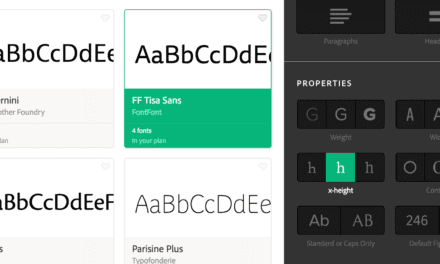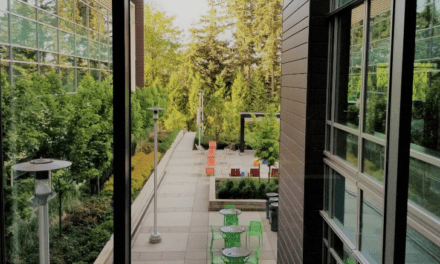ARTICLE SUMMARY: Biologically, we are unique individuals, identifiable by our fingerprints, DNA, and irises, no two people are the same. Contrary to popular believe, while twins may share looks and DNA, that’s about it.
Even if you have two people who share the same type of color blindness they will not see the same color the same way due to the different percentage of impairment each one may have. It does present challenges to creating an accessibility palette.
“Solving the accessibility palette riddle” by Christophe Drayton explores how to create a palette that excludes no one. He goes into great detail about
- What is an accessible color palette?
- Addressing the issue
- Shifting our perspectives
Every designer knows the daunting process of creating an accessible color palette, the careful selection of the color palette, the accessibility check, very time consuming.
While there are a lot of challenges when designing for accessibility, especially when it comes to color, hopefully this article will be of some help.
Let us know what you think in the comments.




